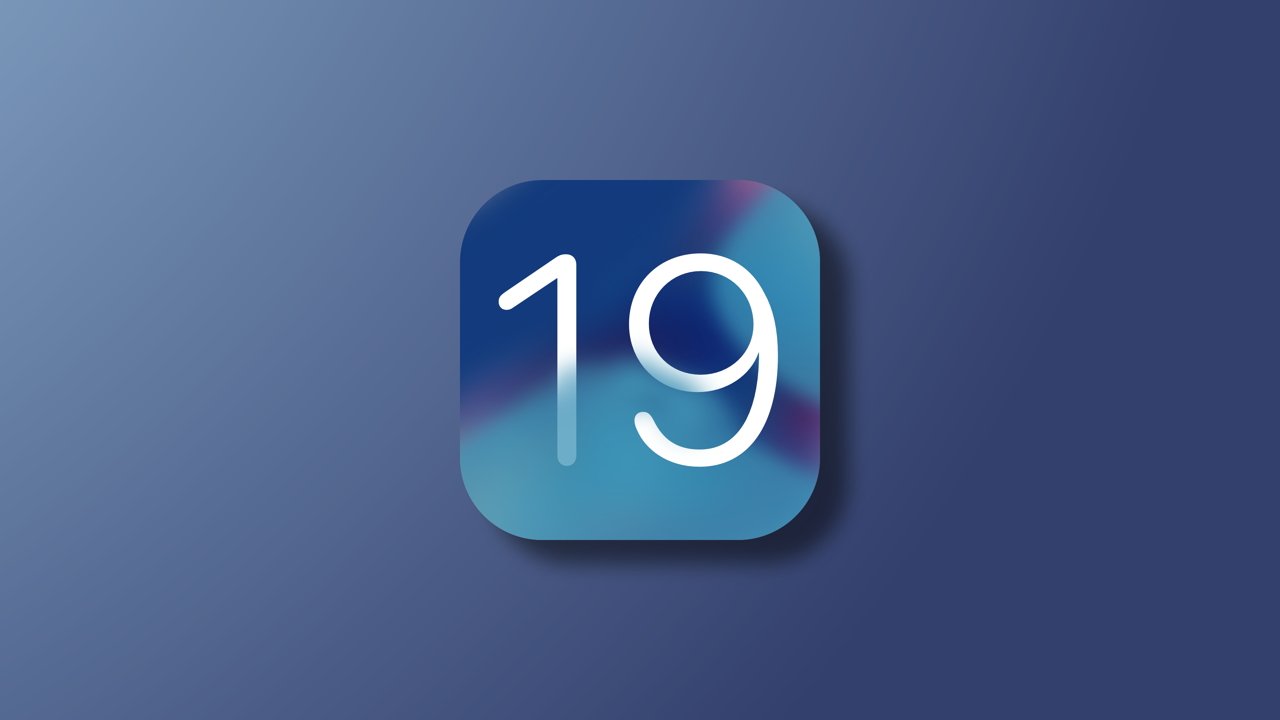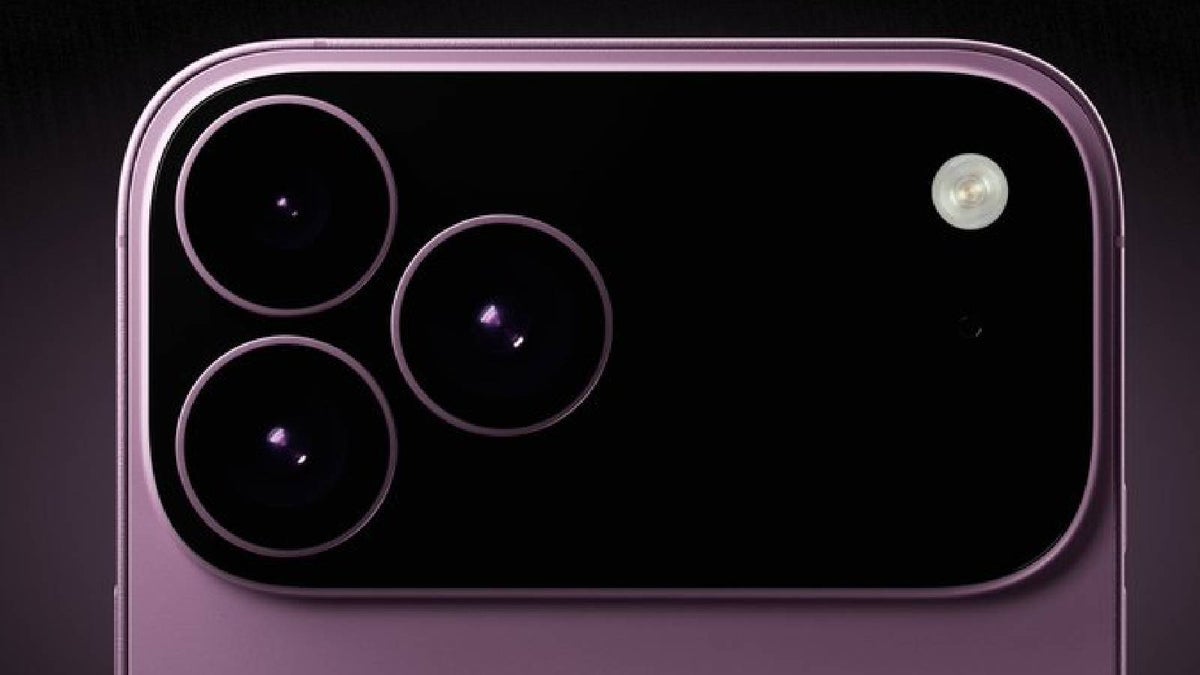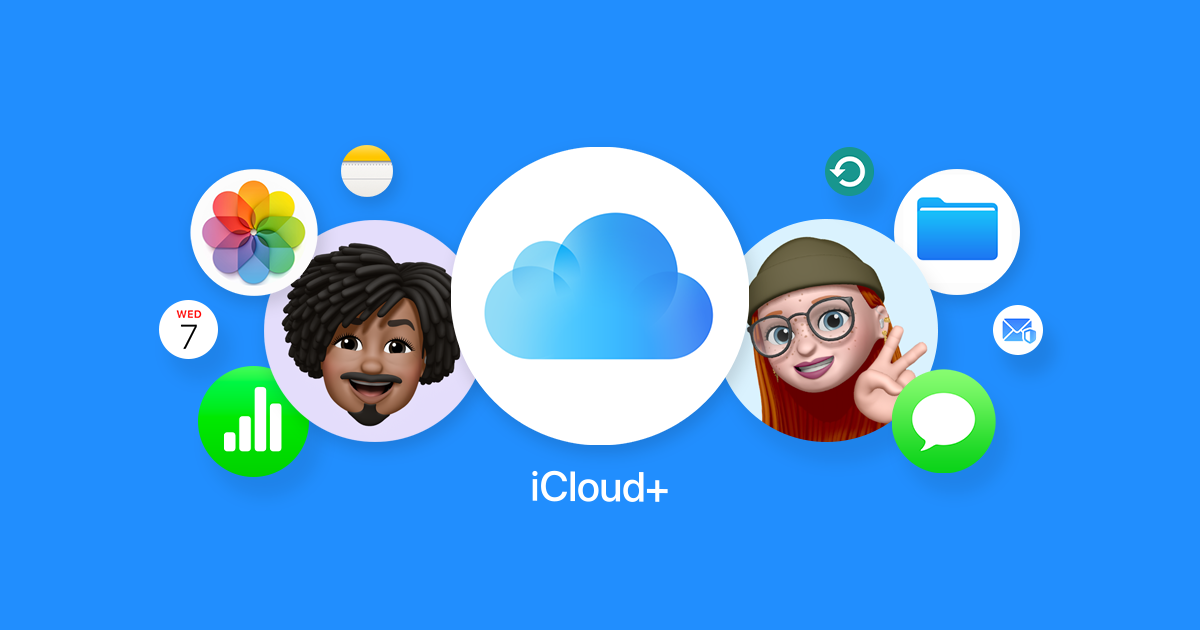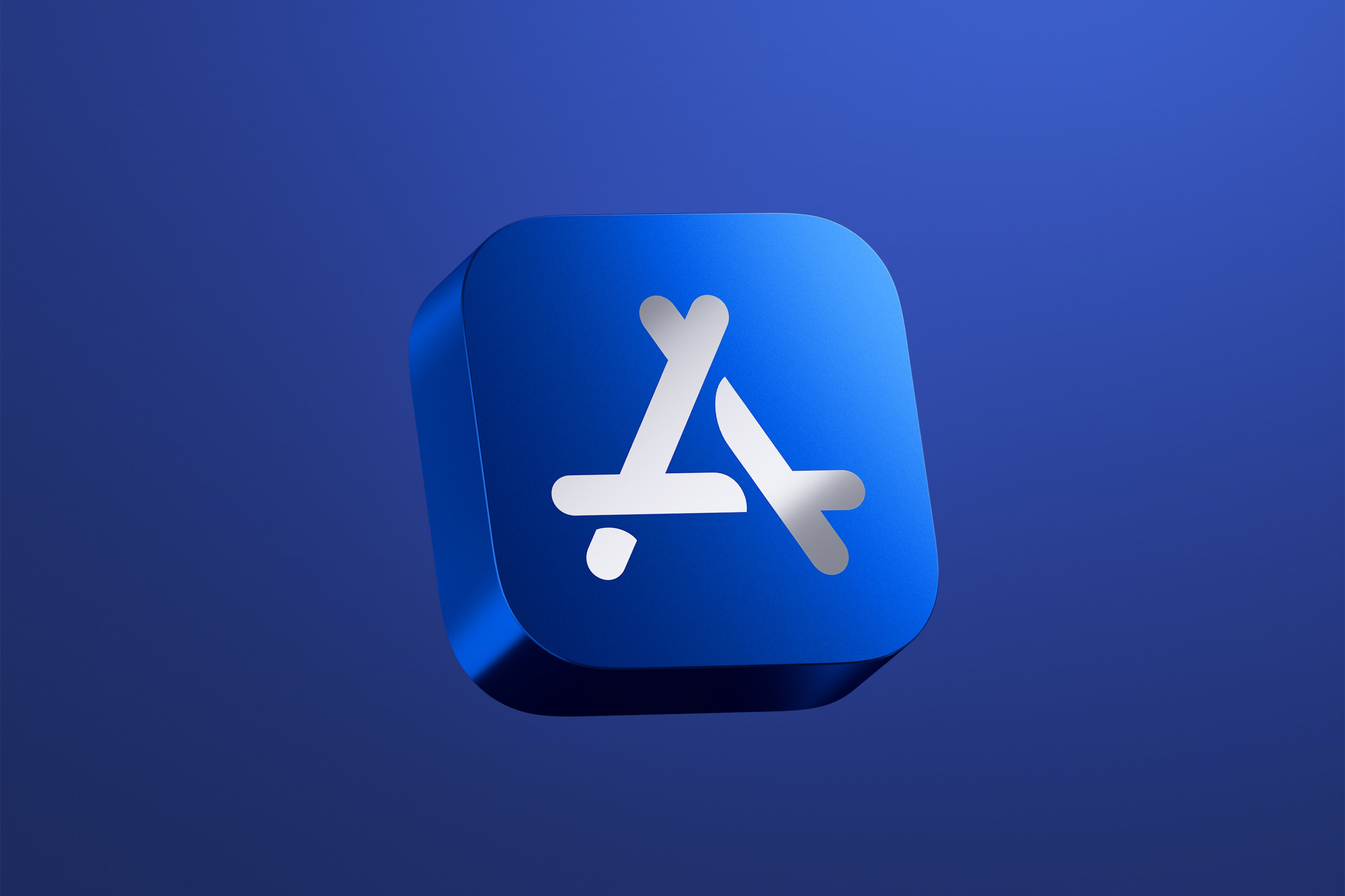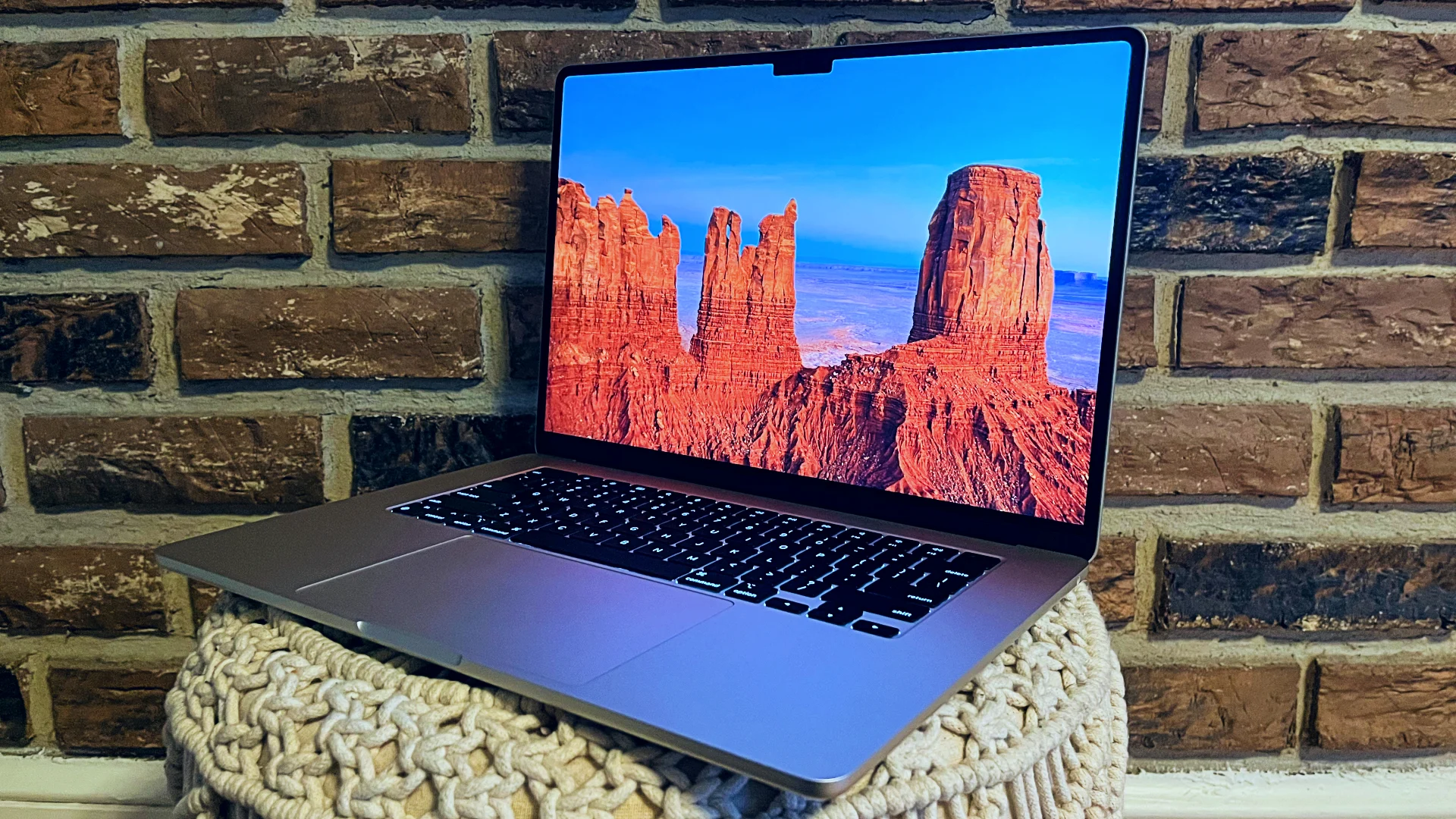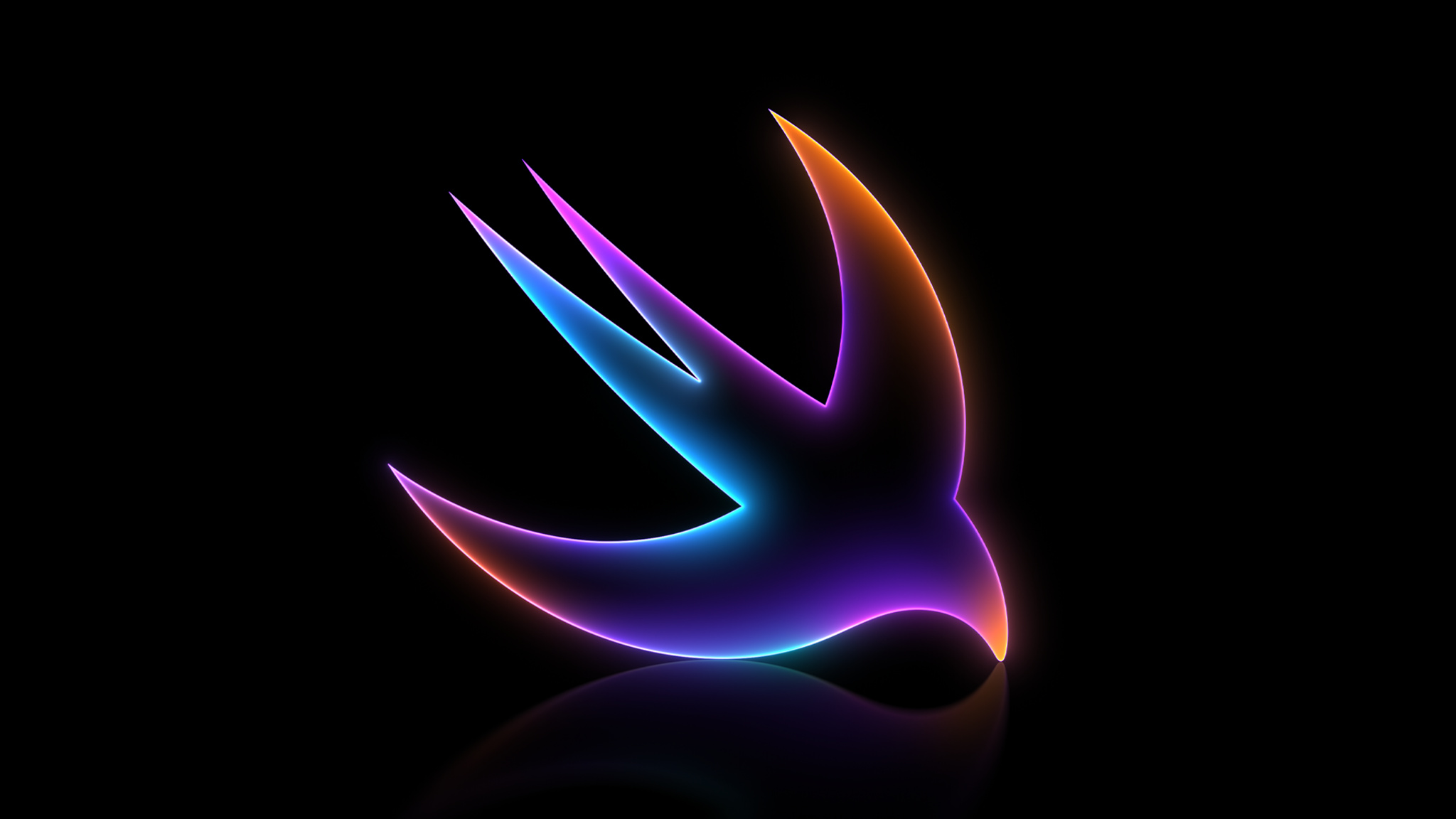Apple and Meta fined for breaking EU digital rules
In April 2025, the European Union fined Apple €500 million and Meta €200 million for not following the Digital Markets Act (DMA). This law is meant to make digital markets fairer by giving users more choices and stopping big tech companies from limiting competition. Apple was punished for stopping app developers from telling users about cheaper deals outside the App Store, while Meta was fined for forcing users to either pay for ad-free services or agree to share their data for ads.
No immediate new fines, but risks remain
Both companies were given 60 days to fix their practices, with the deadline set for June 26, 2025. However, the EU has said that there will be no automatic new fines when this period ends. Instead, the Commission will first review what Apple and Meta have done and discuss their findings with the companies before deciding on any further penalties.
Possible future penalties
If Apple or Meta are still not following the rules after the review, they could face much bigger penalties. The EU could charge up to 5% of a company’s average daily worldwide revenue for each day they break the rules, and single fines could reach up to 10% of their yearly global revenue, or even double for repeat offenses.
What’s next?
For now, Apple and Meta do not have to pay more fines immediately, but they are still under pressure. The EU has not said when it will finish its review or if more penalties will come. Both companies have said they plan to challenge the fines and keep talking with EU officials.


